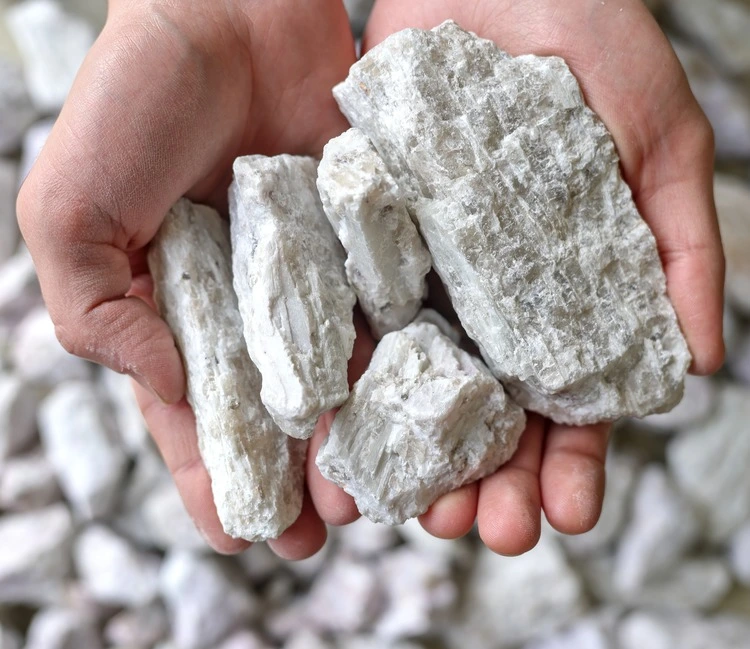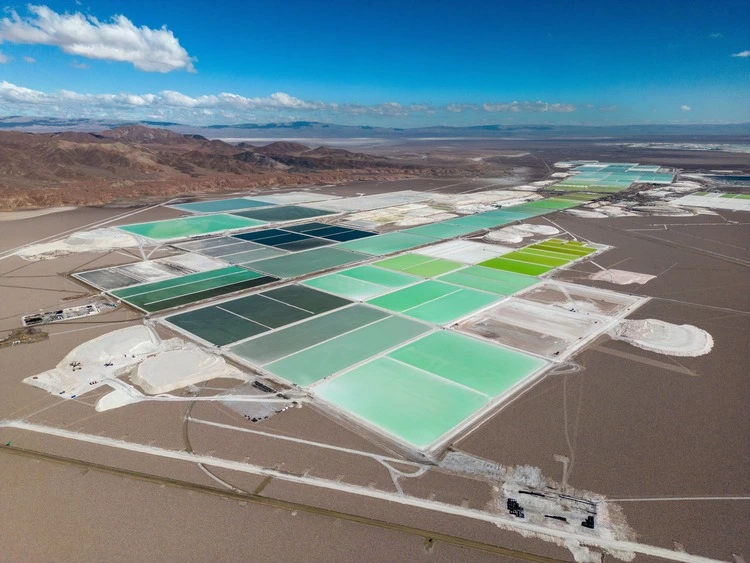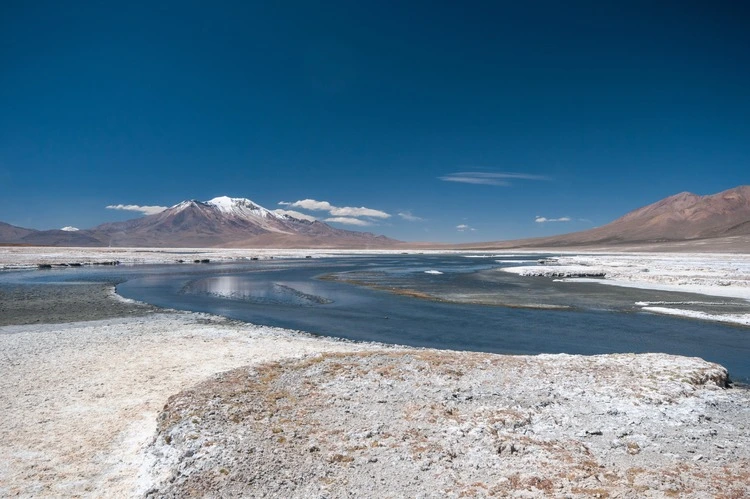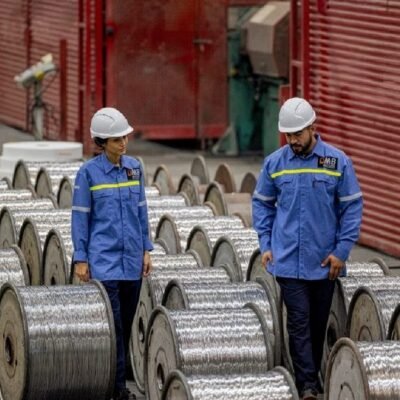
Vital for many technologies and the clean energy sector, lithium is coveted. Four countries produce this ‘white gold’, but not without environmental impacts
By
In the electronic device you’re reading this on – whether it be a tablet, smartphone or computer – the chances are it’s running thanks to a lithium battery. In any electric vehicles that hum around the streets, lithium is likely powering their motors. In short, the metal is a key component that makes many of the technologies work that we interact with on a daily basis.
Not only is lithium used in batteries – its primary function – but has applications in ceramics and glassware, as it can increase the strength of such products, along with being used as an ingredient in lubricant greases for transport industries.
So coveted is the mighty metal, that in recent years it has acquired its own nickname: ‘white gold’, a name that references both its high market value and silvery appearance.
Enjoying this article? Check out our related reads:
By 2050, demand for lithium is set to increase five-fold compared to levels in 2018, largely due to the pacy transition to clean energy being seen across the world that requires an increasing number of batteries.
So, which countries will be likely to foot this rocketing production – and what potential issues can arise from lithium mining? To clarify, the percentages below refer to the share of global lithium mined in 2023.
Australia
Back in 2017, Australia overtook Chile to be the largest producer of lithium in the world, a position it has held ever since. According to a 2024 report from the US Geological Survey, today Australia mines 47.78 per cent of the global supply.

To obtain lithium in Australia, companies extract a lithium-rich mineral called spodumene from open pits in a process known as hard rock mining.
Greenbushes, in Western Australia, is the country’s largest mine, and in 2021 contributed 40 per cent of the 55,000 tonnes of lithium mined in the country that year.
However, hard rock mining poses significant impacts to surrounding ecosystems and wildlife, from the release of dust during the blasting and extraction processes, which may contain toxic heavy metals, to large-scale disturbances to the topography of land. Additionally, once hard rock mines are abandoned, they can continue to leak water filled with sediment and metal into creeks and streams.
The lithium triangle
The lithium triangle refers to the South American countries of Bolivia, Chile and Argentina, and together they are home to around 75 per cent of the world’s known lithium reserves.
In the recent USGS report, Chile took 24.33 per cent of the global mining share of lithium in 2023, while Argentina had a 5.33 per cent share. Bolivia, despite its vast lithium resources, has produced very little itself so far.
Mining in the lithium triangle often occurs via the extraction of the metal from brine within salt flats. The brine is pumped out from the earth, and left to evaporate for between 12-18 months in large pools, removing the water and leaving behind lithium along with other elements.

One such concern with mining in this way is its use of water: per ton of lithium extracted, around 500,000 gallons of water is required. This has led to extreme water shortages in the country, affecting not only humans but agriculture too such as crops and livestock.
Chemicals used in this form of lithium mining – such as sulphuric acid and sodium hydroxide – can also leak into nearby soil and streams. In the Salta and Catamarca provinces of Argentina, residents have reported contaminated water.
China
China’s vast share of the global mined supply of lithium in 2023 – 18.33 per cent – can be explained by two reasons. Firstly, the nation has a strong development of domestic mines – and often discovers more – allowing it to quickly amass the metal in large quantities. In 2024, a 2,800km-long spodumene mine was discovered in the Xikunsng-Pan Ganzi region, along with salt lakes in the Qinghai-Tibet Plateau.
Secondly, Chinese companies have around $5.6 billion worth of lithium assets in countries from Chile to Canada and Australia.
In China, most lithium reserves (85 per cent) are within brine in salt lakes, the majority of which are located in northwestern parts of the country.





